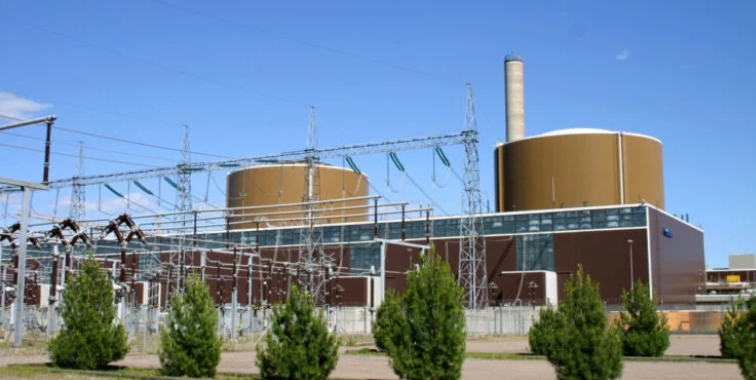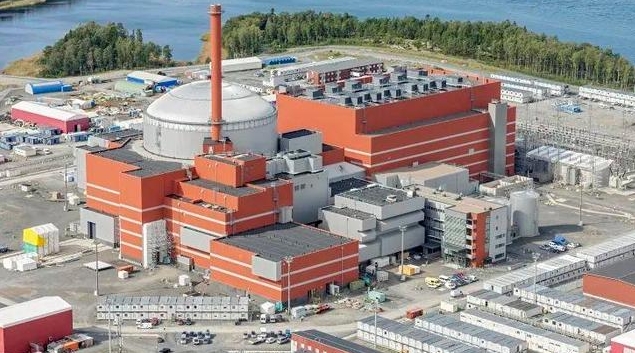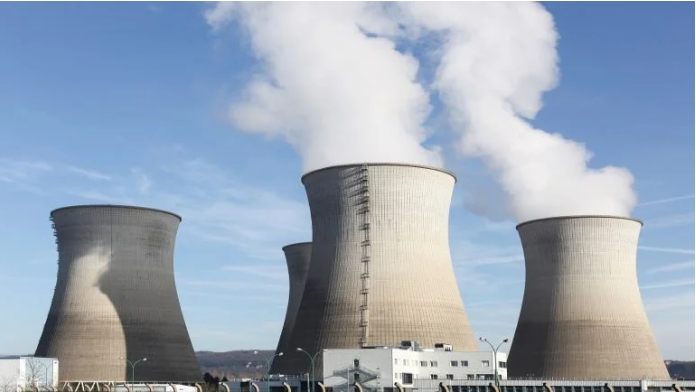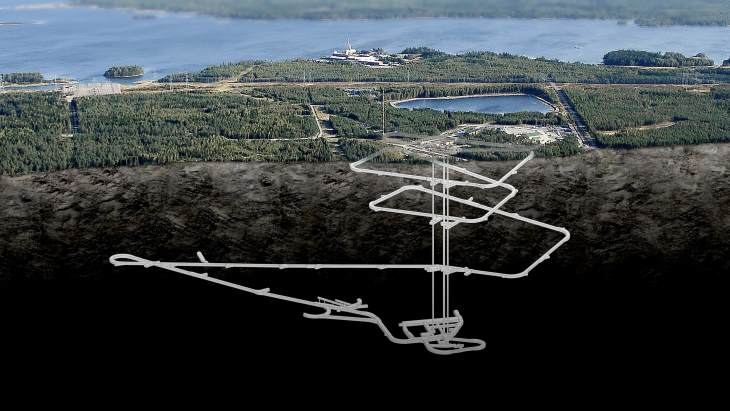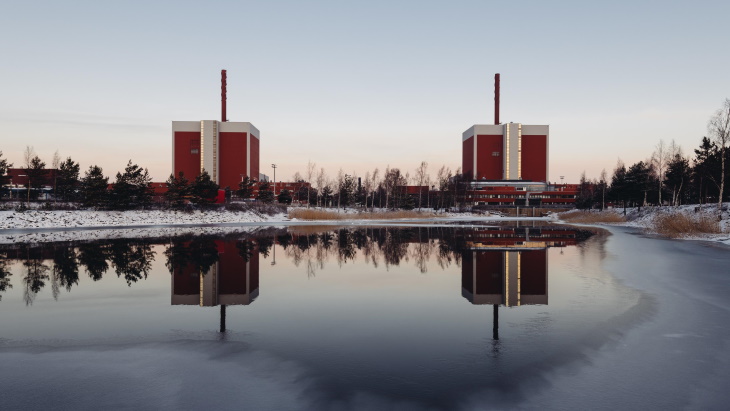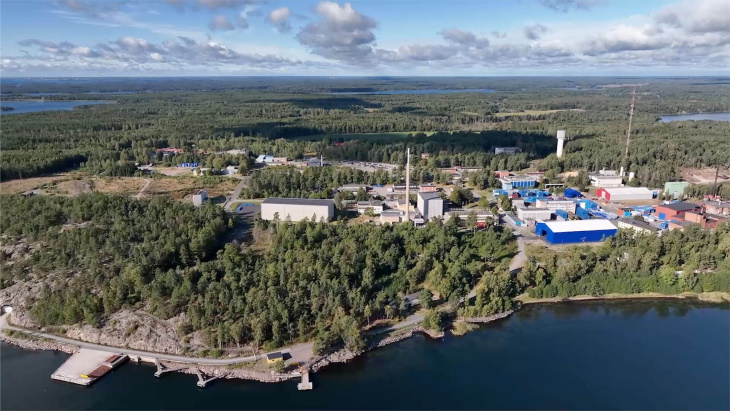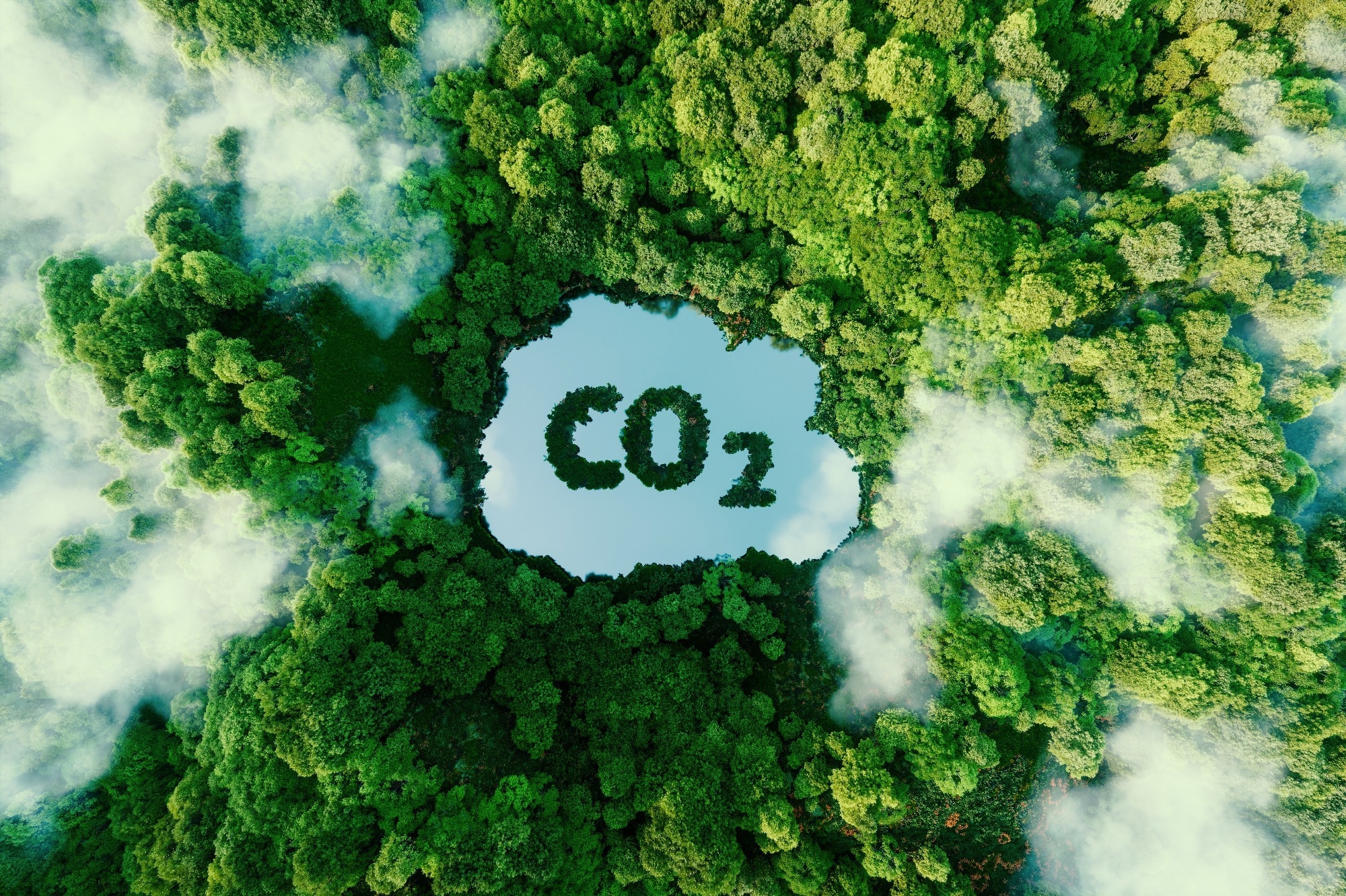
Image Credit: Shutteratock.com/petrmalinak
Recently, a team of UK-based researchers at the University of Cambridge and Northumbria University are leading a project which has led to the development of an innovative and novel technology that converts carbon dioxide, water, and sunlight into acetate and oxygen, which could help create high-value fuels and chemicals generated by renewable energy.
"Several incidents have demonstrated the fragility of the global energy supply, such as recent soaring gas prices in UK, the outbreak of conflicts and civil wars in the Middle East and the ecological and humanitarian threat of a nuclear meltdown in Fukushima, Japan. The search for alternative energy sources is therefore of major global importance."
Dr. Shafeer Kalathil, Vice Chancellor’s Senior Fellow at Northumbria University
Curtailing CO2
The project has set the objective of curtailing atmospheric CO2 levels and helping secure all-important green energy supplies to combat the current energy crisis. Published in the journal Nature Catalysis, the team addresses the climate and energy challenges we face today.
"We need to develop new technologies to address these grand challenges without further polluting the planet we live on."
Dr. Shafeer Kalathil, Vice Chancellor’s Senior Fellow at Northumbria University
The developed technology is made up of a bio-abiotic hybrid system and non-photosynthetic, CO2-fixing cetogenic bacterium Sporomusa ovata, cultivated at scale using a cost-effective photocatalyst sheet comprised of a pair of particulate semiconductors.
As an interdisciplinary field of study, the technology plays to the strengths of microbes, synthetic materials and analytical techniques and brings them together for chemical transformation, offering a platform to create high-value and scalable eco-friendly fuels and chemicals.
The advantages this brings include showing scientists across different disciplines how to collaborate and help tackle one of the most important issues of our time and demonstrating how semi-biological approaches can provide a promising strategy for cleanly fixing CO2 and sustainably closing the carbon cycle.
How it works
The biohybrid system works by effectively producing acetate (CH3COO–) and oxygen (O2) utilizing only CO2, water, and sunlight which helps to realize a solar-to-acetate conversion efficiency of 0.7% at ambient conditions (298 K, 1 atm).
The photocatalyst sheet used in the system is able to oxidize water to O2 and generate electrons and hydrogen (H2), which are then delivered to the Sporomusa ovata bacteria for the selective synthesis of acetate (CH3OO–) from CO2.
To prove effective in a closed carbon cycle, the solar-generated acetate was directly applied and used as feedstock in a bioelectrochemical system for the sustainable generation of electricity. In other words, the system can cleanly convert carbon dioxide into a single multicarbon product.
Increased atmospheric carbon dioxide as a result of anthropogenic factors has been a topic of concern in recent years, which brought about the Paris Agreement in 2015 as well as new, ambitious targets to reduce emissions that are expected to be in place by 2030, which align with reaching net zero by 2050.
This research demonstrates how developing biohybrid systems, such as the novel photocatalyst sheet, could help curtail the rise of atmospheric carbon dioxide and be another tool that could help achieve climate goals and move away from our reliance on fossil fuels.
